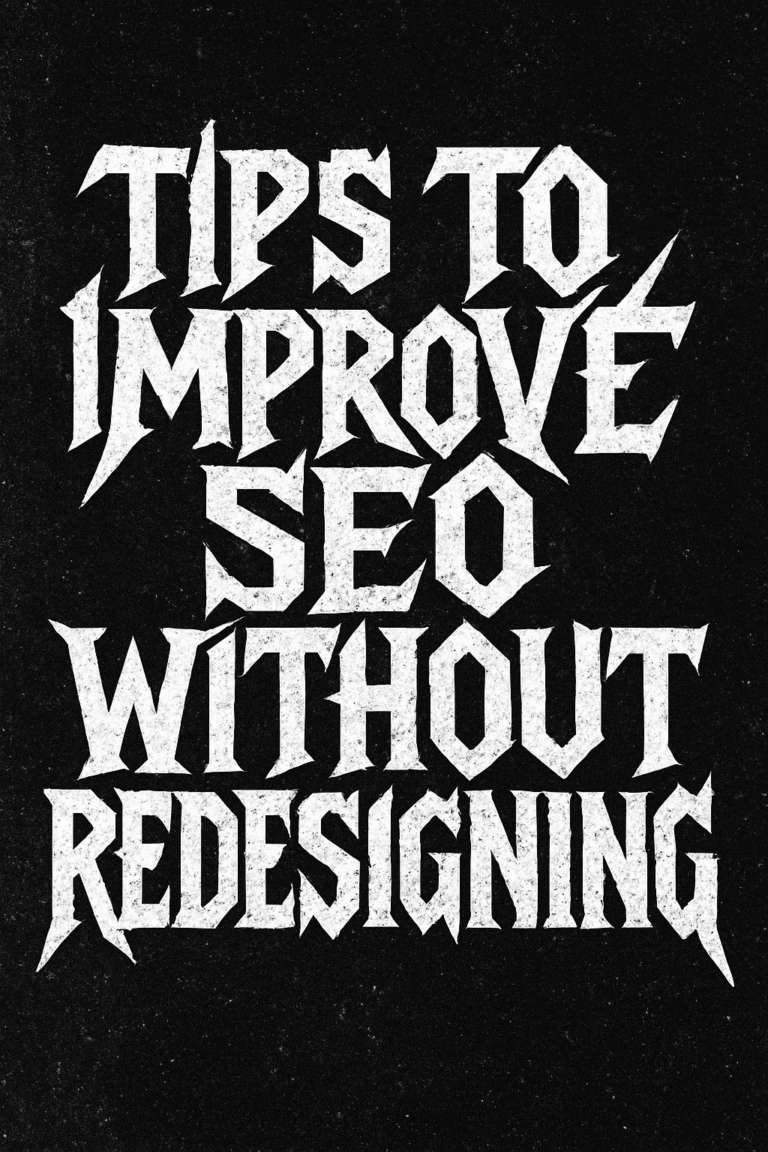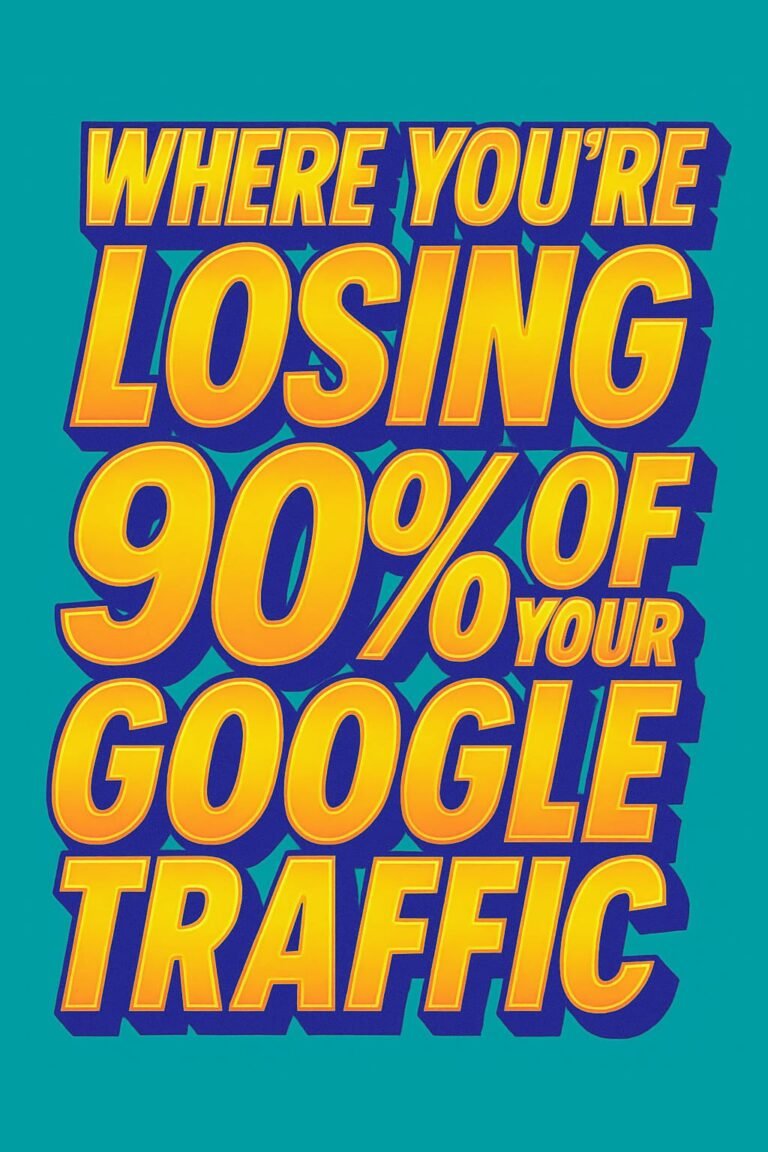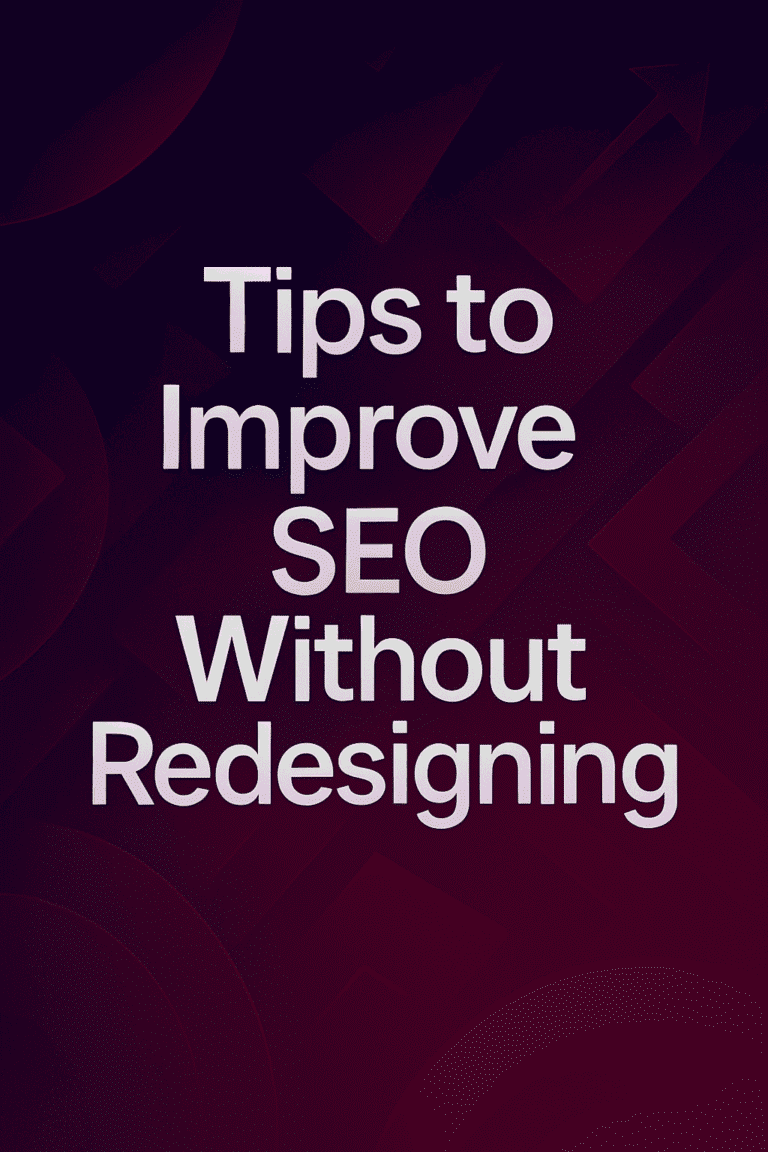
WooCommerce has become the go-to solution for selling online, offering a flexible and powerful platform for online stores. But simply setting up a WooCommerce store isn’t enough. Optimization is key to improving sales and creating a seamless shopping experience for your customers. In this post, we’ll dive deep into various strategies and tips to help you optimize your WooCommerce store for better online sales. From enhancing site speed to leveraging cross-selling techniques, we’ll cover it all.
Enhancing Site Speed and Performance
A fast-loading website is crucial for keeping your customers happy and engaged. Slow sites can lead to higher bounce rates and lost sales. Here’s how you can enhance your WooCommerce site’s speed and performance:
Optimize Images and Media
Images are often the largest files on a website, and unoptimized images can significantly slow down your site. Use compressed and properly sized images to reduce load times without sacrificing quality. Tools like TinyPNG and ImageOptim can help you compress images effectively.
Implementing lazy loading for images ensures that images are only loaded as they come into view. This reduces initial load times and improves the overall user experience.
Caching and CDN Integration
Caching can drastically improve your site’s speed by storing a version of your website in the user’s browser. Use caching plugins like W3 Total Cache or Litespeed to set up browser and server-side caching.
Integrating a Content Delivery Network (CDN) will also enhance performance by serving your site’s static files (like images, CSS, and JavaScript) from servers closest to your users. Popular CDN services include Google Cloud CDN and StackPath.
Minimize Plugins and Scripts
Having too many plugins can slow down your site and increase the risk of conflicts and security issues. Regularly review your installed plugins and deactivate or delete any that are not essential.
Minify and combine CSS and JavaScript files to reduce the number of HTTP requests and decrease load times. Plugins like Autoptimize can help automate this process.
Improving User Experience
Creating a smooth and enjoyable shopping experience is crucial for retaining customers and encouraging repeat purchases. Focus on these areas to improve user experience on your WooCommerce store:
Mobile Responsiveness
With everyone shopping on their mobile devices, ensuring your WooCommerce store is fully responsive is essential. Test your site across different devices and browsers to make sure it looks great and functions well everywhere.
Use responsive design techniques to ensure that your images, buttons, and other elements adjust properly on smaller screens. This includes using flexible grids and CSS media queries.
Streamlined Checkout Process
A complicated checkout process can lead to cart abandonment. Simplify the checkout process by reducing the number of steps and fields required. Offer a one-page checkout if possible.
Enable guest checkout to avoid forcing customers to create an account before purchasing. This reduces friction and speeds up the buying process.
Clear and Intuitive Navigation
Make it easy for customers to find what they’re looking for with clear categories and subcategories. Use descriptive labels and avoid jargon.
Implement breadcrumb navigation to help users understand where they are on your site and easily navigate back to previous pages.
Boosting Product Visibility
Making your products easy to find and appealing to potential customers is key to increasing sales. Here’s how to boost your product visibility:
SEO Best Practices
Optimize your product titles, descriptions, and tags with relevant keywords to improve search engine rankings. Use tools like SEMrush or Ahrefs to find the best keywords for your products.
Use structured data (schema markup) to enhance your product listings in search engine results. This can include rich snippets like star ratings, price, and availability, which make your listings more attractive to potential buyers.
High-Quality Product Images, Video and Descriptions
High-resolution images with zoom functionality can significantly enhance the shopping experience. Show your products from multiple angles (including video) with close-ups of important details.
Write detailed and engaging product descriptions that highlight the features and benefits of your products. Use bullet points for easy readability and include any relevant technical specifications or size information.
Product Reviews and Ratings
Encourage customers to leave reviews by sending follow-up emails after purchase and offering incentives like discounts on future purchases. Display product ratings prominently on product pages to build trust and social proof.
Leveraging WooCommerce Plugins
WooCommerce’s flexibility allows you to extend its functionality with plugins. Here are some essential plugins to help you optimize your store:
Marketing and Sales Plugins
Email marketing is a powerful tool for driving repeat business. Use plugins like Mailchimp or Klaviyo to create and manage email campaigns, segment your audience, and track performance.
Implement upselling and cross-selling plugins to increase average order value. Plugins like WooCommerce Product Recommendations can help you suggest related products and special offers to your customers.
Inventory and Order Management
Effective inventory management is crucial for maintaining stock levels and avoiding overselling. Use plugins like WooCommerce Stock Manager to keep track of your inventory and automate reordering processes.
Integrate order management systems to streamline order processing and fulfillment. Plugins like WooCommerce Order Management can help you manage orders more efficiently and reduce errors.
Analytics and Reporting
Advanced analytics and reporting plugins can provide valuable insights into your store’s performance. Use plugins like WooCommerce Google Analytics Pro to track key metrics, identify trends, and make data-driven decisions.
Cross-Selling and Upselling Techniques
Implementing cross-selling and upselling techniques can significantly boost your sales by encouraging customers to purchase additional items or higher-value products. Here are some effective strategies:
Cross-Selling Items
Cross-selling involves suggesting related or complementary products to customers. For example, if a customer is buying a camera, you might suggest accessories like lenses, tripods, or memory cards. Display these recommendations on product pages, in the cart, and during checkout.
Add-Ons During Cart Process
Offer add-on products or services during the cart review process. This can include options like gift wrapping, extended warranties, or personalized messages. Make these options easily selectable to encourage customers to enhance their purchase.
Discounted Items Before Final Checkout
Display discounted or on-sale items before finalizing the purchase. Create limited-time offers or bundle discounts to encourage additional purchases. Highlight the savings and benefits of adding these items to the cart.
Personalized Product Recommendations
Use customer data to recommend products based on browsing and purchase history. Implement AI-driven recommendation engines like Nosto for better accuracy and personalized shopping experiences.
Secure and Reliable Payment Options
Offering diverse and secure payment options is crucial for building trust and ensuring a smooth checkout process. Here are some tips for optimizing your payment options:
Diverse Payment Gateways
Offer multiple payment options to cater to different customer preferences. This can include credit cards, PayPal, Apple Pay, Google Pay, and other payment methods. Ensure that your payment gateways are secure and trusted by customers.
Streamlined Refund and Return Policies
Clearly outline your refund and return policies to build trust and transparency. Make the process easy to understand and follow. Simplify the return process by providing pre-paid return labels or offering in-store returns for online purchases.
Optimizing your WooCommerce store for better online sales involves a combination of improving site speed and performance, enhancing user experience, boosting product visibility, leveraging plugins, and implementing effective cross-selling and upselling techniques. By focusing on these key areas, you can create a seamless shopping experience that keeps customers coming back for more.
Remember, optimization is an ongoing process. Regularly review your store’s performance, gather customer feedback, and stay updated with the latest WooCommerce trends and best practices. Implement these strategies to see significant improvements in your WooCommerce store’s performance and sales.
If you need personalized optimization solutions, don’t hesitate to contact Graticle Design. Our team can help you create a high-performing, user-friendly online store tailored to your specific needs.





